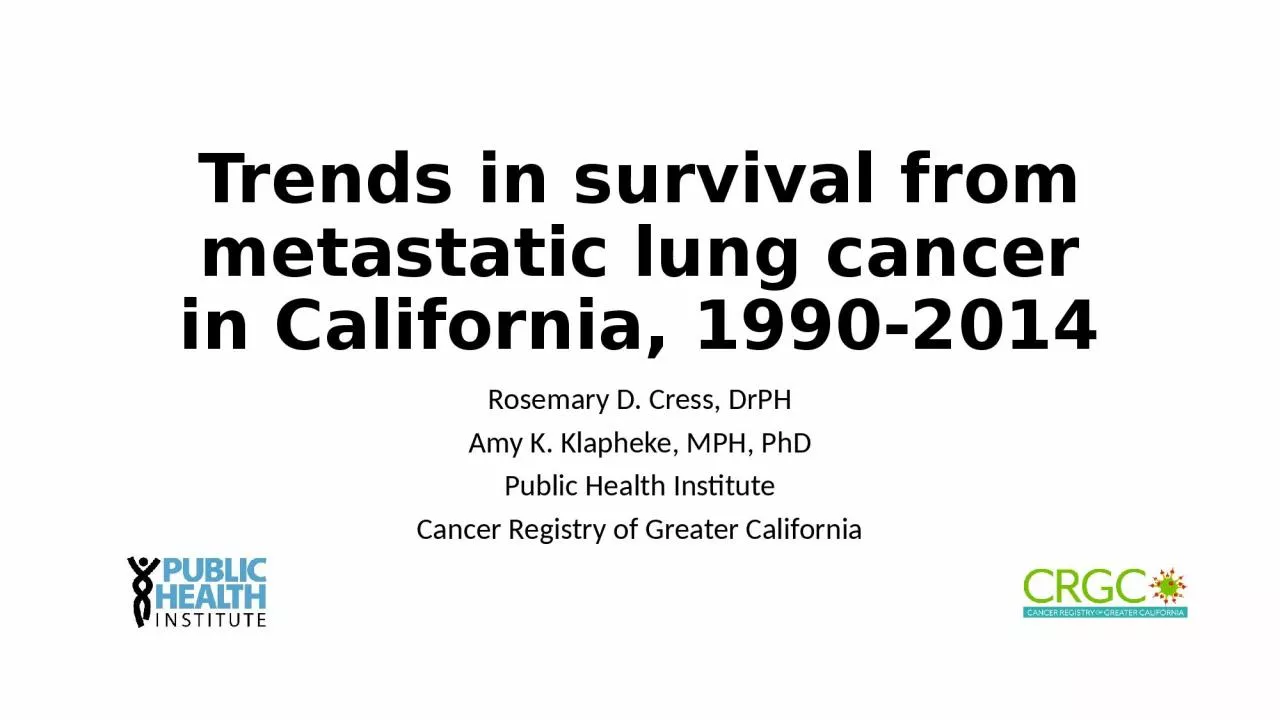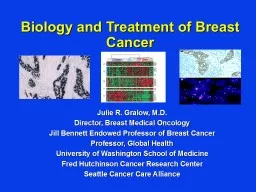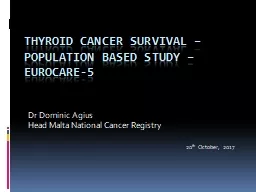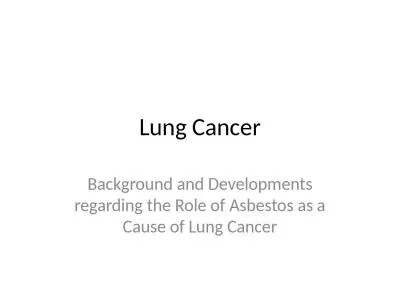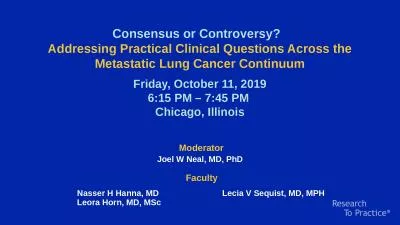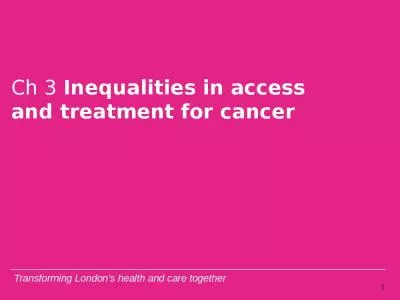PPT-Trends in survival from metastatic lung cancer in California, 1990-2014
Author : thomas | Published Date : 2024-01-20
Rosemary D Cress DrPH Amy K Klapheke MPH PhD Public Health Institute Cancer Registry of Greater California Introduction Lung cancer incidence in California has
Presentation Embed Code
Download Presentation
Download Presentation The PPT/PDF document "Trends in survival from metastatic lung ..." is the property of its rightful owner. Permission is granted to download and print the materials on this website for personal, non-commercial use only, and to display it on your personal computer provided you do not modify the materials and that you retain all copyright notices contained in the materials. By downloading content from our website, you accept the terms of this agreement.
Trends in survival from metastatic lung cancer in California, 1990-2014: Transcript
Download Rules Of Document
"Trends in survival from metastatic lung cancer in California, 1990-2014"The content belongs to its owner. You may download and print it for personal use, without modification, and keep all copyright notices. By downloading, you agree to these terms.
Related Documents

